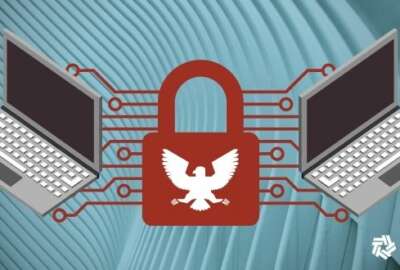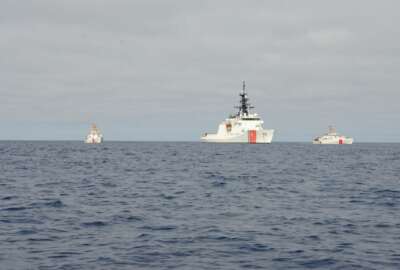
Coast Guard to stand up first cyber ‘red team’ as it creates Cyber Operational Assessments Branch
The Coast Guard is transforming its cyber “blue team” enterprise into a more comprehensive Cyber Operational Assessments Branch, and is standing up its first...
The Coast Guard is transforming its cyber “blue team” enterprise into a more comprehensive Cyber Operational Assessments Branch, and is standing up its first red team as part of this restructuring.
The red team, which the Coast Guard will stand up later this summer, will serve as a cyber adversary emulation and penetration testing organization for its cybersecurity operations.
Lt. Kenneth Miltenberger, the cyber blue team branch chief, said the blue team will continue to provide endpoint scanning, cooperative vulnerability assessments and security consulting for its acquisition operations.
“We’re excited to see that kind of fusion — of cooperative assessments, plus [the] red team for some kind of holistic assessments,” Miltenberger said last week in a webinar hosted by ATARC.
Miltenberger said the Cyber Operational Assessments Branch, as part of its purview, will look at the challenges and opportunities of 5G infrastructure, a topic that’s gaining momentum in the Defense Department.
Dan Massey, the program Lead of DoD’s 5G to NextG Initiative, said Joint Base Lewis-McChord in Washington State is building out its 5G infrastructure to support augmented reality and virtual reality training.
DoD, he added, is also looking at vehicle uses cases, such as automatically sending vehicle maintenance data to “platooning,” in which a lead truck has autonomous vehicles following behind it.
Edge computing and 5G will not only accelerate the development of the Internet of Things, but will also reduce latency in cases such as AR/VR training.
“If I tried to do my AR/VR training by pushing everything back to a data center from Joint Base Lewis-McChord in Washington State back to a data center in the Pentagon, I’m stuck with a number of challenges just in terms of bandwidth, in terms of latency. It’s just not going to work well. But if I can distribute some of those key aspects out closer to the edge, almost all the way to the edge itself and combine that with back-end processing that might be happening back at that data center, I think I have the most powerful infrastructure,” Massey said.
Vincent Sritapan, the Cyber Quality Service Management Offices (QSMO) Section Chief of the Cybersecurity and Infrastructure Security Agency, said latency in the case of AR/VR training can make users feel dizzy, and that 5G at the edge would help facilitate this work.
“Having that sort of uninterrupted, but more in this case, high-data transfer being able to see and push a high amount of traffic, I think that’s the key use case that we see within enhanced mobile broadband,” Sritapan said.
While 5G is giving rise to IoT devices and creating a wider cyber attack surface, Massey said this infrastructure will require a different approach to cybersecurity, but wouldn’t necessarily increase the threat landscape. While securing a single endpoint, like a data center, is easier than security multiple endpoints, Massey said edge computing also avoids a single point of failure.
“Edge computing gives us the potential to do interesting monitoring close to the edge, interesting processing close to the edge, interesting resilience and redundancy for failover. I think if we do it right, it actually can improve our resilience, not harm it,” he said.
Copyright © 2025 Federal News Network. All rights reserved. This website is not intended for users located within the European Economic Area.
Jory Heckman is a reporter at Federal News Network covering U.S. Postal Service, IRS, big data and technology issues.
Follow @jheckmanWFED
Related Stories





